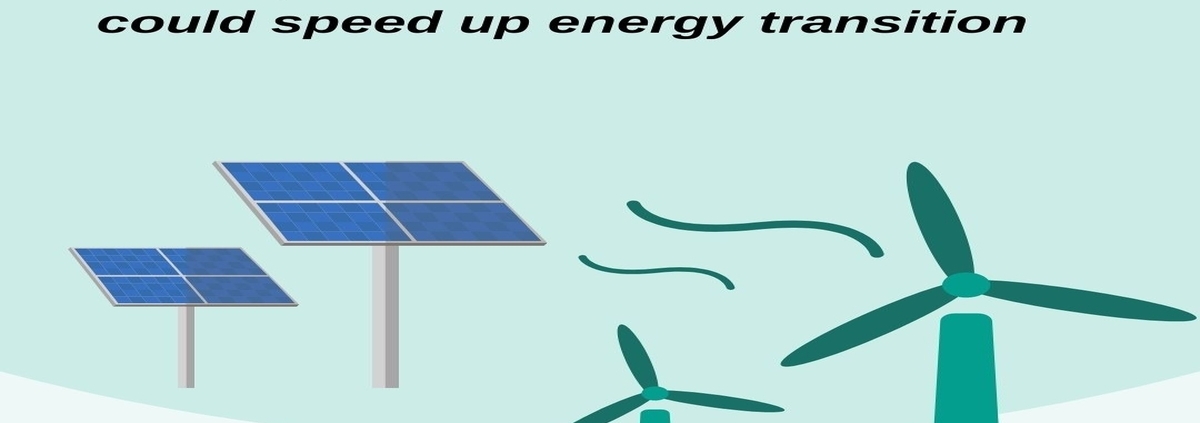I’m writing this blog a few hours after Crown Prince Mohammed bin Salman of The Kingdom of Saudi Arabia announced that his nation – one of the world’s largest producers of fossil fuel – is aiming to become net-zero in greenhouse gas emissions by 2060. Less than a decade ago, this would have been an unthinkable scenario, and the announcement would be dismissed as rhetoric. But now our world is in the middle of a historic transition that seeks to reverse the environmental damage of the last two centuries, and develop an alternative, sustainable, and even more prosperous model for our global civilization.
In this larger context, the recent coal crisis in India – which seems to have been successfully negotiated for now – is a wake-up call. One that could end up accelerating several of the key programs that the country is either undertaking already, or plans to undertake, to become a net-zero emissions economy.
An opportunity that must be seized
To be fair, India has been taking several steps in the right direction, when it comes to reducing its dependence on polluting fossil fuels. However, the pace of change had assumed a longer term view for this transition.
At the end of July 2021, India had an installed renewable energy capacity of 96.96 GW – fractionally more than a quarter, of its overall power capacity. In itself, this is quite an impressive percentage, especially for a country the size of India. What’s more, the targets set for the next 12 months are staggering as well; as India attempts to more than double this capacity in installed renewables. But the sobering part of the equation is that, with both population and per capita consumption rising, 70% of India’s electricity production still comes from coal-fired thermal power plants – hence the panicked headlines when the threat of coal shortages seemed imminent.
So what options does India have, in transitioning away from a dependence of coal-based electricity generation? First, let’s be clear that the answer cannot simply be greater indigenous coal production. A Deloitte survey commissioned by the Government of India found that it would be extremely difficult for Coal India to reach an annual production of 1 billion tons by 2024. However, with natural gas – of which India produces 28.6 billion cubic metres annually – becoming competitive with coal; one great short term option is to switch to this alternative fossil fuel. And natural gas is both more efficient and much less polluting that coal.
In the medium to longer term, the massive Green Hydrogen Initiative India has announced, which the nation’s federal government is already pursuing energetically, could be a gamechanger. Not only will Green Hydrogen multiply the advantage of India’s huge installed and planned solar capacity dramatically, it has secondary benefits that could boost several other sectors of the economy.
Green Hydrogen can be the boost that India’s exports need
Apart from the direct benefits of being a source of cheap, clean, and abundant, non-carbon based energy; Green Hydrogen has the potential to make several of India’s high-net-worth exports extremely desirable, for the rest of the world.
Apart from being an ideal fuel for electricity generation, Green Hydrogen has the potential to transform India’s massive railway network into a net-zero asset. The drastic lowering of logistics cost that would result could play a huge role in making India’s exports much more competitive globally. Even more importantly, it could make India the world’s biggest producer of carbon-zero steel; as well as reducing the embedded carbon in the country’s rapidly growing automobile sector. In addition, with Hydrogen being a fuel that can be transported; countries like Singapore, Taiwan, and Japan, which are limited in their ability to produce Green Hydrogen, could provide a secure and accessible market for its export as well.
Although India is projected to be one of the fastest growing markets in the world, for electric vehicles, and rooftop solar installations; such measures will pale in comparison to the country’s constantly growing coal usage, if alternatives are not implemented – at scale and a rapid pace. In contrast, using the global shift towards clean energy as an opportunity, India can drastically reduce its national carbon footprint, and boost its status as an export and manufacturing hub.



